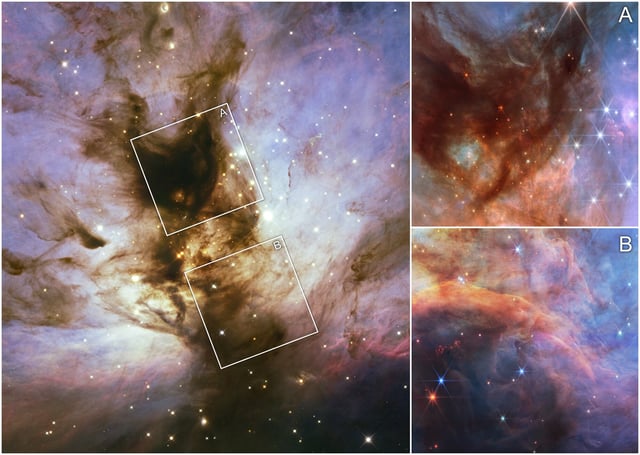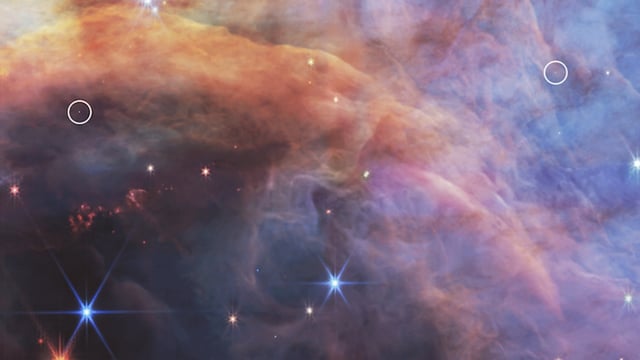Overview
- The James Webb Space Telescope examined the Flame Nebula, a star-forming region 1,400 light-years away, to study low-mass brown dwarfs.
- Brown dwarfs, often called 'failed stars,' are objects too small to sustain hydrogen fusion but larger than most planets.
- Webb identified free-floating objects between two and three times Jupiter's mass but found none smaller, suggesting a lower mass limit for brown dwarf formation.
- The study explored the fragmentation process in star formation, where molecular clouds break into smaller masses that may form stars or brown dwarfs.
- These findings build on decades of Hubble data, with Webb's advanced infrared capabilities enabling unprecedented insights into low-mass objects in dense star-forming regions.

